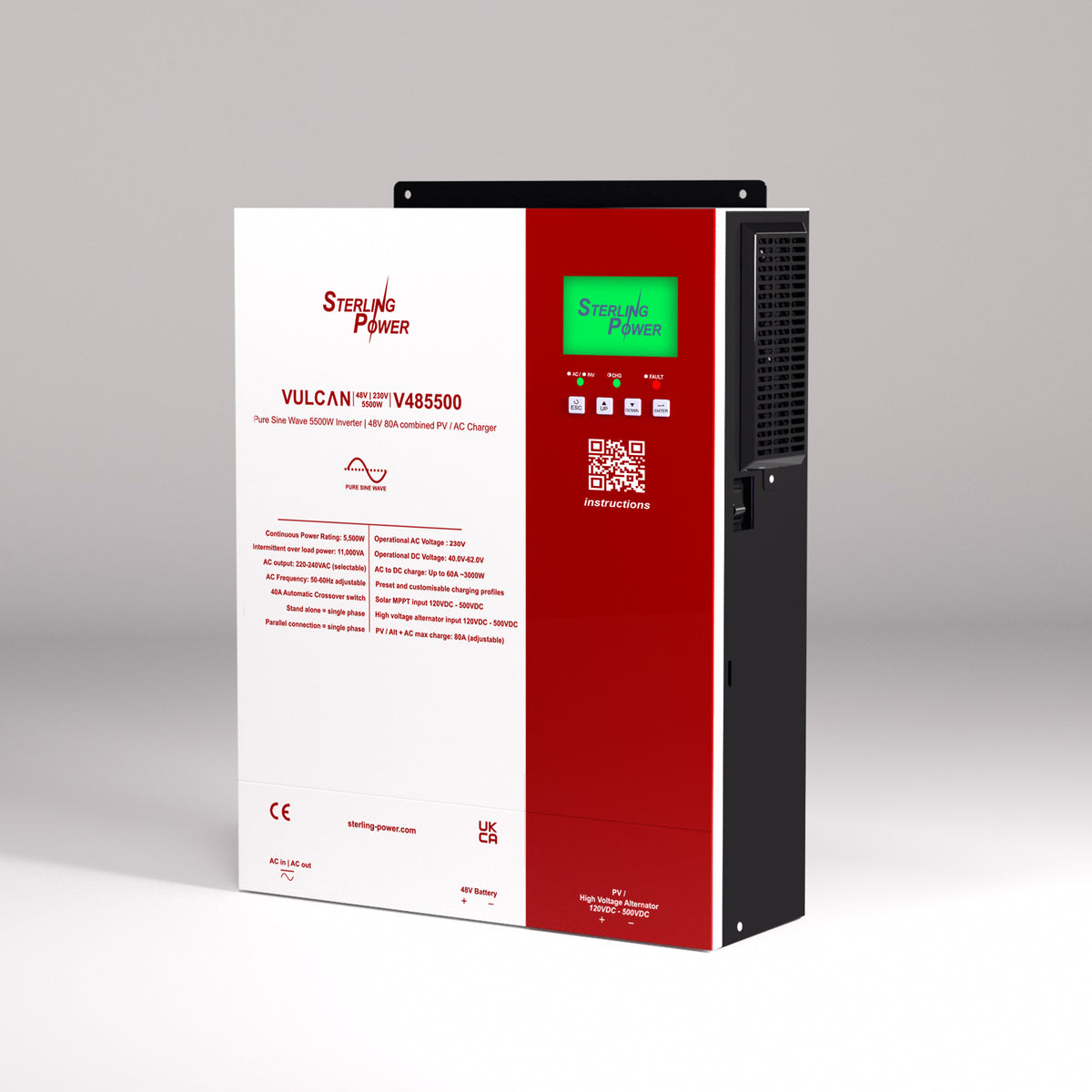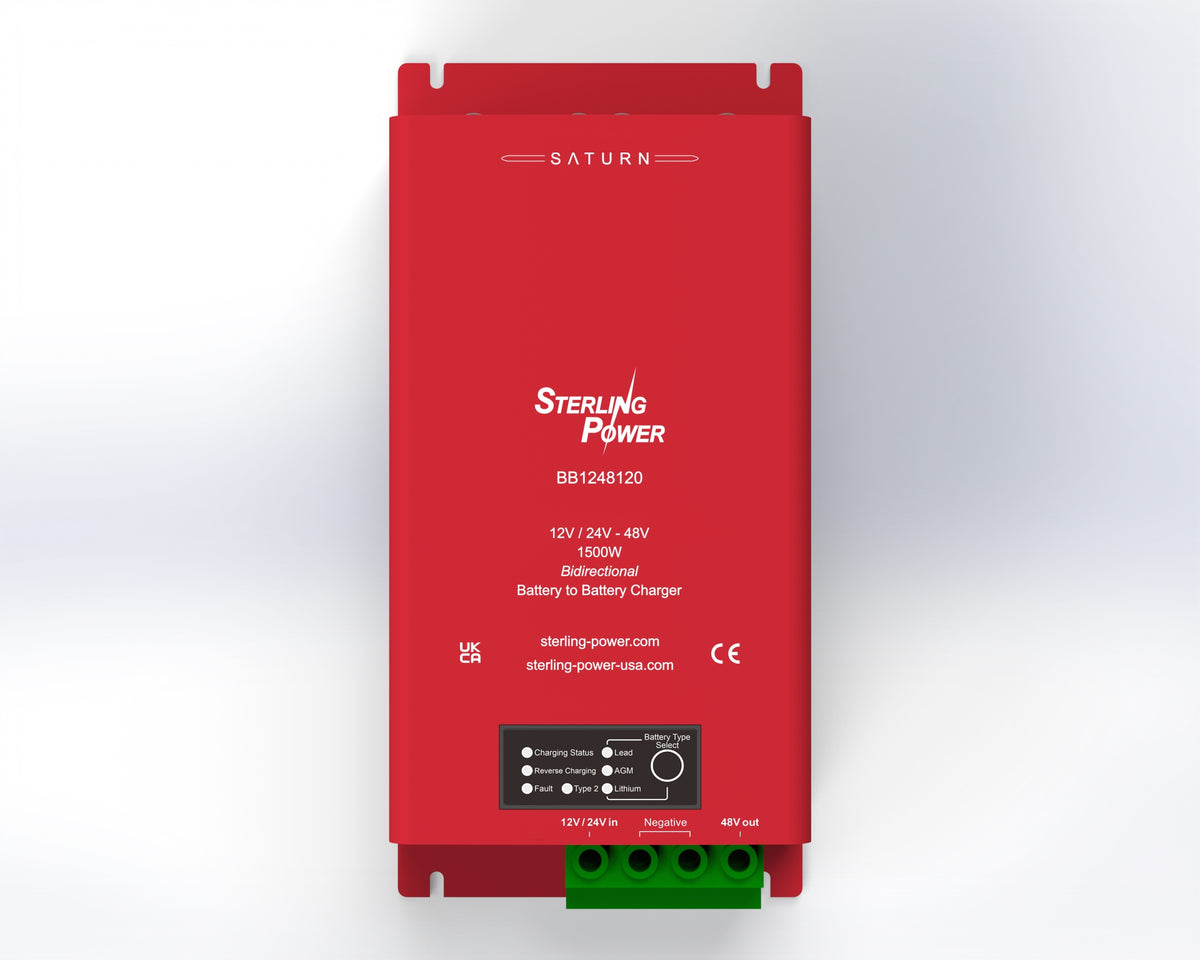Here we have two categories of inverters.
Quasi sine wave inverters | modified sine wave are are lower cost inverters they generate a squared off wave form, with small gaps in between waves which gives a lower (but still very usable) quality of electricity.
Pure sine wave inverters gives a true wave form with curved peaks and troughs. This is very similar to grid electrical wave forms and provides a cleaner, smoother power delivery.
For modified sine wave inverters, it's not recommended to run inductive loads, sensitive electronics, digital clocks, products which rely on sensitive digital temperature calibration, medical equipment or compressors. Inductive loads - this refers to the principle of electromagnetic induction, mainly found in induction hobs, motors, compressors. In some cases, start up loads can be 5-7 times higher than the rated power of the component. Fridges, microwaves etc. can experience inefficiencies of up to 20% when running on modified sine wave vs pure sine wave inverters. Leading to a larger battery bank being required
The summary of differences
As much as a pure sine wave inverter ticks all of the boxes in terms of performance. Most equipment will run without noticeable difference on a modified sine wave inverter.
However, if you're concerned with the efficiency or would just like to not worry about what you can and can't plug in (bearing in mind usual wattage restrictions still apply) then the pure sine wave might be for you.








